5 ways Test Automation can benefit ERP & SAP Projects
Test automation is an amazing tool - but people still struggle to use it correctly and to feel real benefit.
Here are 5 ways you can use test automation to transform your ERP programme delivery.
Let’s get started.
1. Zero defects in Production - testing more and less
When working with ERP - whether it’s configuring it, developing custom solutions or upgrading it - defects are an inevitability aren’t they? There are so many moving parts.
However - this shouldn’t mean defects get pushed live.
After all - when defects get rolled out into a system as large, complex and mission critical as ERP it can cause massive damage and - as this article from CIO magazine attests - cost hundreds of millions of dollars.
So why do we see defects go live all the time?
Part of the reason is that many companies still rely on manual processes in their delivery. And mistakes are made when impact analyses, risk assessments, and testing are done manually.
So what can you do? Well you need to test more… and test less.
What? More and less? Let me explain.
How manual ERP testing causes defects
In ERP, in fact all testing best practice, test traceability matters (testing your requirements).
But that’s not enough when testing complex ERP systems where process dependencies (and technical object dependencies) can create knock-on issues after a change.
And it definitely doesn’t work when you’re testing upgrades as with upgrades there are no clear requirements.
So how can you make testing effective? How do you improve your ERP test strategy?
You might try testing more - perhaps even outsourcing testing - but this comes with its own problems like difficult handovers and a general drop in quality.
Maybe you spend more time risk assessing changes - but doing so manually can increase delivery times, and still doesn’t guarantee accuracy.
So you try Test Automation, but even this comes with its challenges. Implemented with a scatter-gun approach as it has been historically , it can be expensive and time consuming (and the less said about freeware the better).
So why is nothing working?
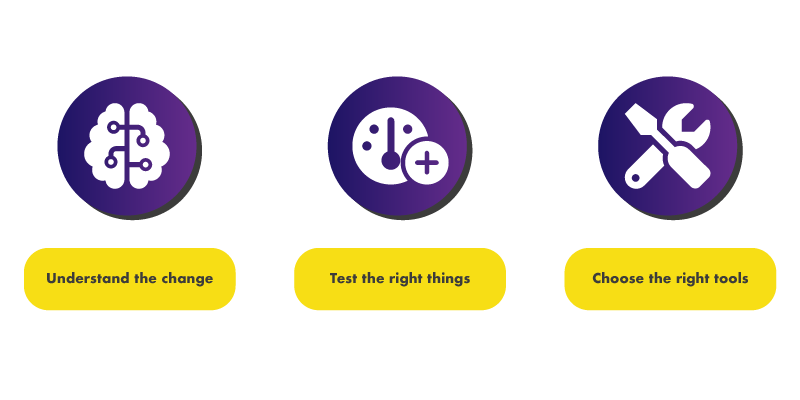
Because you’re still doing things the old way
To make fast and reliable defect free releases in ERP you must:
- Understand the change better - reduce your reliance on manual impact assessment and laser focus the scope of your testing
- Move from blindly testing most of your system, to testing the right parts of your system more frequently
- Choose test automation tools that are modern, easy to maintain, and make testing reliable and repeatable.
But how can you spend less time assessing change and still know what to test?
Understanding change automatically with automated impact assesments
We meet customers all the time with no definitive, up-to-date knowledge of their tech landscape.
Different departments have their own static Visios or Powerpoints explaining systems and interfaces - but there’s rarely a single source of the truth.
And there’s the rub.
Maybe you can risk assess change within a single system - but can you say with confidence how all your systems relate to each other?
If the answer’s no, how can you know what a change in one system might do to a system 2 or 3 steps along a chain of interfaces.
And as ERP becomes increasingly composable this is where risk based testing falls down.
So what can you do?
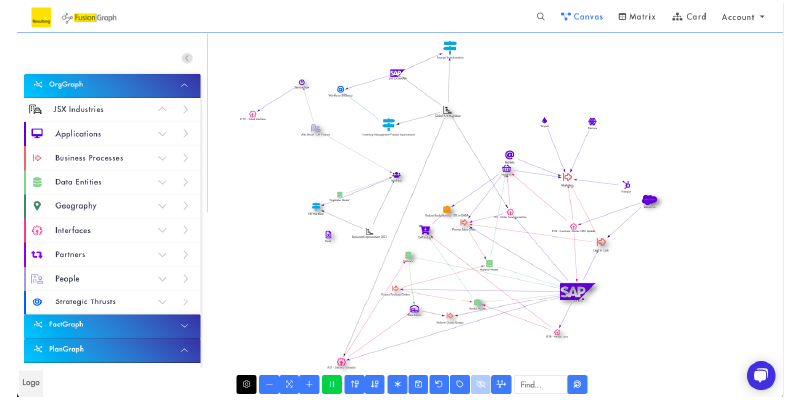
For starters, you can use FusionGraph to create an up-to-date dynamic blueprint of your entire tech landscape, enabling better and more accurate change impact analyses.
For SAP and Salesforce customers you can also use LiveCompare - giving you a deep understanding of risk and impact, areas to focus on in testing, and even to scope your test execution pack.
Both of these tools will take the risk out of test scoping, as well as targeting your testing so that you don’t need to test everything.
Do automation the right way - how test automation means zero defects
When it comes to the testing itself, modern no-code, end-to-end test automation tools make continuous testing viable.
New products work where older automation failed because they’re built with enterprises in mind. They work seamlessly across your value chain (they’re not application specific), and they’re easy to use and maintain.
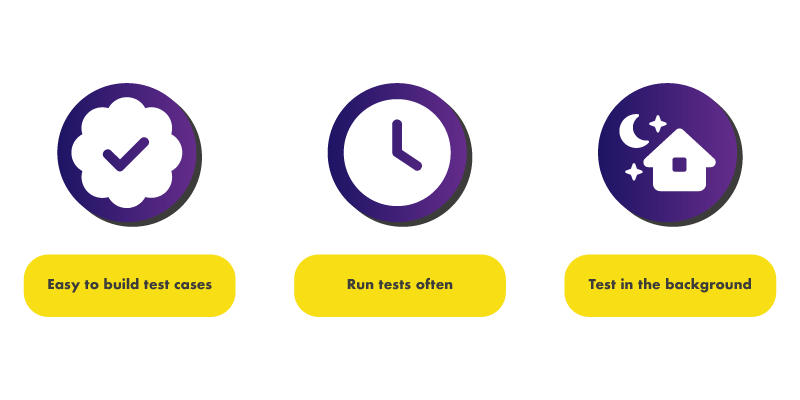
- Test cases are easier and faster to build - business people can do it.
- You can run tests as often as you need to throughout a project
- You can run tests in the background - even overnight
Combine this with automated change impact assessments keeping your testing laser focussed, and it means that you can regularly prove and accept change without any significant additional resource requirements.
In terms of mitigating risk and delays this is huge.
As composable ERP becomes the norm, continuous testing across multiple integrated systems will be absolutely vital.
In fact, when you consider that many of us already use satellite products like Ariba, SuccessFactors, Workday or Coupa - that reality is already here.
All this means modern Test Automation is a must if you prioritise zero defects.
2. Keep on plan in your ERP Delivery
In the SAP Success Report, Dr Derek Prior defines ERP project success as your project coming in on time, on budget, and on value.
Having your project come in on time means sticking to the delivery plan.
But our research shows that 64% of ERP projects don’t keep to the delivery plan.
And - as anyone who has run a test team will tell you - keeping testing on track can be just as difficult.
Can your team really stay focussed on testing?
When you’re trying to get people to deliver work on time you need their full attention and maximum effort. The same is true of manual testing.
The problem is manual testing can be hard work and it doesn’t keep people’s attention for long.
A test pack that you estimated to take a few hours could easily stretch into a day as people start to fatigue.
But this isn’t the only challenge facing your testers.
You have to compound the tedium of manual testing with the fact that most of your testers have a day job.
Business people and functional teams have other deadlines and workloads to prioritise.
And while the build team often does the functional and technical testing, these are some of the most in demand and expensive people on your project team.
Do you really want to bog them down in testing?
All of this means that creating and sticking to a test plan can be an almost impossible task.
And this is where test automation comes in.
We’re people - not robots

In ERP we talk about Robotic Process Automation - and in the context of testing the word robot is an interesting choice.
You see, robotics sounds fascinating, but the word robot comes from the Czech word “robota” - meaning forced labour.
Because while some robots have glamorous jobs like micro-surgery or going for a jog - robots are best for boring and repetitive tasks - and this is where we see them most in industry.
They’re in assembly lines, they’re wrapping palettes, and they’re lifting and carrying.
Robots love boring and repetitive, and that’s why they’re so good at testing.
Unlike your testers, a “robot” can test ad infinitum with incredible accuracy. And they never get tired, distracted or pulled into other work.
When you use automation in your test strategy, you massively reduce the variability that comes with manual testing.
But this is just one way test automation keeps you on plan.
Stop ERP programme delays before they happen
When you undertake testing you probably run it at the end in a final regression phase so you can get it all done at once.
Or maybe you start in parallel with an overrunning build phase and have to constantly retest as new functionality is dropped.
Either is too late and will cause further delays (or worse, result in defects being put live).
By adopting an automation approach you can start ERP regression testing straight away, catch defects early, and revolutionise your delivery.
This approach is only possible with no-code test tooling - automation tools that are so easy to use and maintain that you can make and run packs early without worrying about the solution changing.
When you test earlier you find issues and defects earlier and free up your teams to focus on getting things right.
This massively increases your ability to stick to the project plan.
3. Respond quickly to business needs by Automating Testing
For your business to be successful, it needs to stay competitive. It needs to deliver what your customers want faster, cheaper, and better than your competitors.
This means constant change as you embrace new ways of working to stay ahead of the pack.
The problem for IT is that you run ERP, so IT must deliver those changes.
Put simply - stand still and you’re dead.
So what can you do to help your business stay on top?
Learn to accept change to drive competitive advantage
Once your business needs something new, it wants it yesterday. The question becomes how quickly can you deliver it.
If it’s a big, fundamental change, it might take some time.
But what if it's just something small - a little software add on the marketing team wants for example?
You should be able to deliver this pretty quickly, right?
Not always.
The problem is it doesn’t matter how small a change it is, if you’re working to a multi-month release cycle the business could be waiting a long time.
And, if the change is something needed for competitive advantage - waiting too long could cause real damage.
So what can you do?
Speed up your release cycle to deliver business value
The reason IT departments don’t make frequent ERP updates is because manually testing change is a massive effort.
Finding the time can be hard enough once a year - so imagine how difficult it would be to do this quarterly, every month, or even weekly.
You’d need someone in every department whose sole job was to test and accept change.
It just isn’t realistic.
So, if you want to accept change more readily and stay competitive you need to find an alternative, and that’s where test automation comes in.
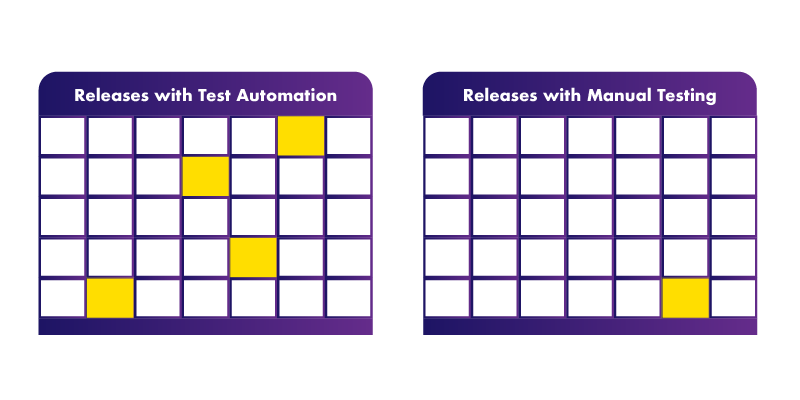
When you automate testing you can accept change much more readily.
You can implement agile teams where business users, build teams, and test professionals work together.
You can speed up release cycles, running tests overnight and at weekends, safe in the knowledge that defects will be discovered early and fixed.
If you want to embrace the newest technologies before your competition, test automation lets you accept changes as quickly as your dev team can make them.
4. Keeping up to date with ERP system upgrades and patches
We’ve already discussed how testing helps you implement change requested by the business - but this isn’t the only source of change.
When you run ERP - whether composable or a single large ERP core - the software itself requires regular updates. And, they’re really important.
They fix bugs, improve security, and give you access to new features. Your vendor might even stop supporting you if you don’t implement some of them.
As these updates come straight from the vendor, you’d hope they’d be defect free, and they normally are.
The problem is your ERP system probably has a few years (or even decades) of custom code on top.
Or, you might have designed your solution around a vendor’s bug.
So before you can accept updates from your vendor you’ve got to test they don’t impact your existing solution - and that can be a massive job.
In fact, many companies don’t run the latest version of their ERP because they can’t test and prove the updates.
And let’s be honest, many companies don’t understand their systems architecture, so they can’t guess how updating one system will impact the rest.
They just stick with the version they’re on - and stick their head in the sand when it comes to upgrades.
And that’s a massive mistake.
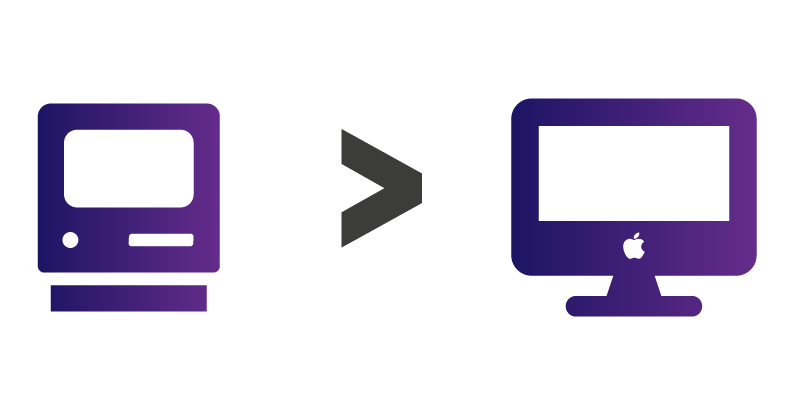
When you skip upgrades you miss out on new functionality - functionality you’ve already paid for - so you get less value from your ERP investment.
What’s more, you might end up creating custom solutions to business requirements instead of using new standard functionality.
So you create more custom code, more technical debt, and make it even harder to accept updates and change in the future.
It’s a vicious cycle and leaves you with a lumbering, slow, frankenstein system that doesn’t deliver what the business needs.
But what happens when change is forced on you?
How to manage change that is forced on you by SaaS products
As ERP becomes more composable, cloud hosted and SaaS modelled, you won’t be able to refuse updates.
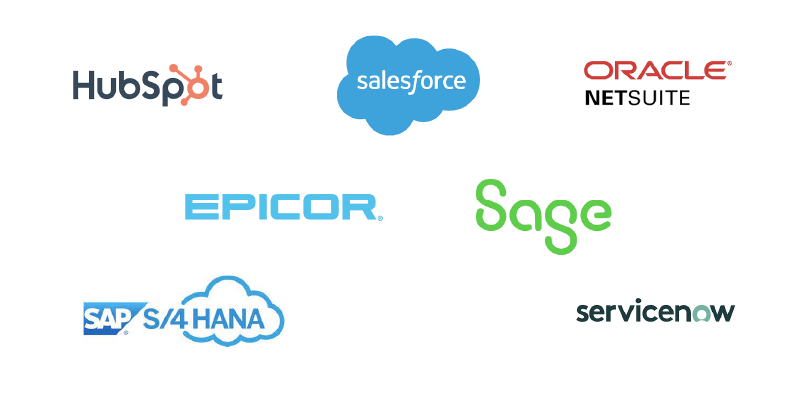
SaaS and Cloud products push updates much more frequently than you’re used to if you run ERP on-prem.
What’s more, you might have no choice about accepting them - you’ll just log in one day and see a notification about new features.
Overall - this is great, because you should accept and adopt the latest and greatest functionality.
You need to get value from your ERP investment, and new features provide value.
However you will need to prove those changes when they do come - because come they will.
Test Automation lets you do that.
As soon as any product updates you can run an impact assessment and any relevant test packs at the click of a button. And, you can accept and start benefiting from the change.
The move to cloud and SaaS makes receiving software updates easier than ever - it’s your job to make sure you can test and prove them.
5. Reducing Effort in your ERP Programme
One of the big benefits of test automation is you can run tests and accept change quickly without creating a resource requirement.
But it’s about more than just testing. Test automation lifts a massive burden from your entire ERP programme.
Modern test automation tools reduce effort in a myriad of ways - not just speeding up execution - letting business people and the build team focus on mission critical activities.
Test automation tools reduce effort on your ERP programme by:
- Generating test script variations automatically for deeper coverage and more detailed testing. This will help you find defects sooner, stopping them from delaying your projects.
- Emulating 3rd party systems, reducing dependencies on other teams, and improving interface testing especially in early test phases.
- Connecting functional test automation scripts to your performance testing tool to reduce duplication of effort in scripting across test tools.
- Using a modular test case building approach to make test script maintenance easier when things change.
- Providing out of the box test automation features designed for enterprise applications like SAP.
- Democratizing testing through intelligent, modern UX so even business users can record actions and generate test cases.
- Managing test data centrally in the tool, saving effort spent managing multiple spreadsheets.
The point is, with test automation, it can seem like there's a big investment up front, both in cost and creating test packs.
But what you’ll gain from this investment is huge.
Speak to Resulting now about how to revolutionise your delivery through test automation - we will work with you to demonstrate return on investment through:
- Developing your automation business case - proving value to your management
- Piloting automation to start realising the return
Visit our test automation page to find out more.

Mastering Test Automation in ERP
For best in class testing, you need to test across your entire tech landscape - not just your ERP core.
Watch this webinar from Tricentis and Resulting to see how it's done.










